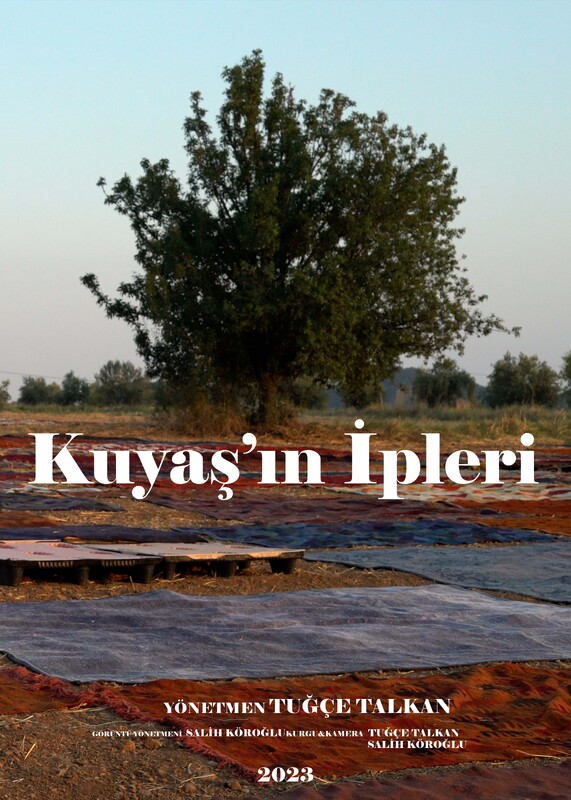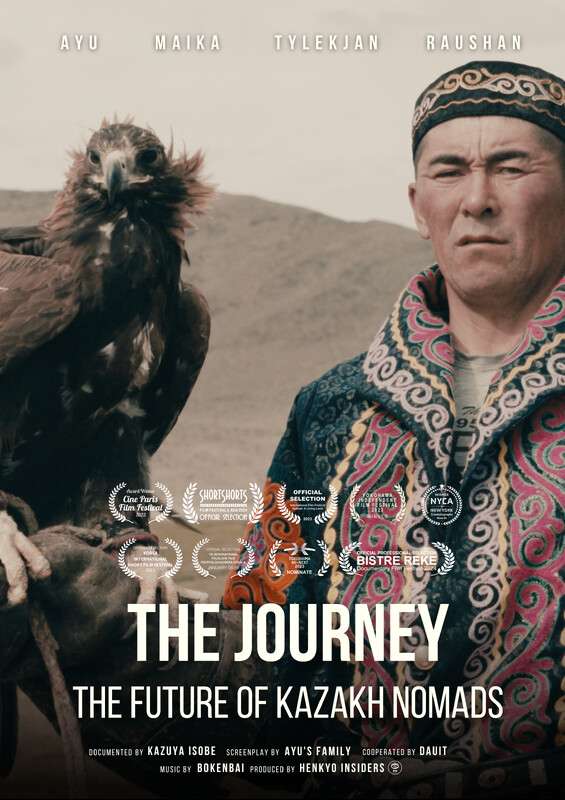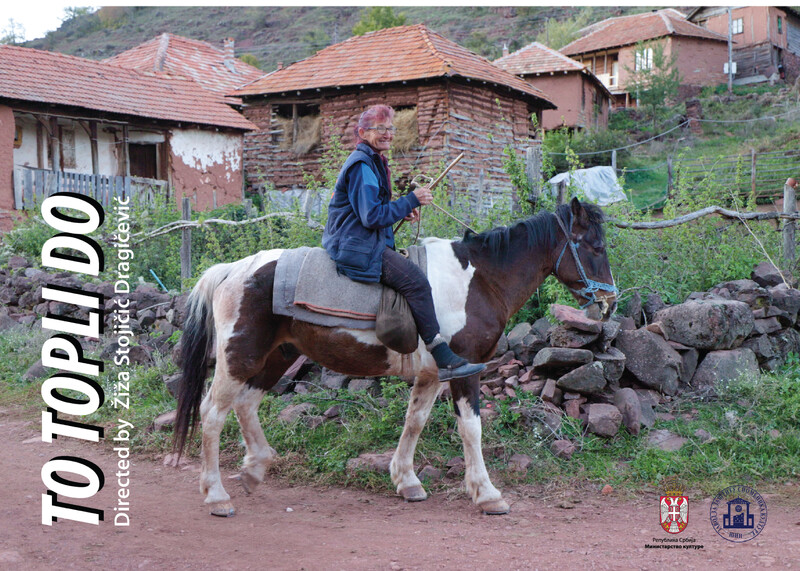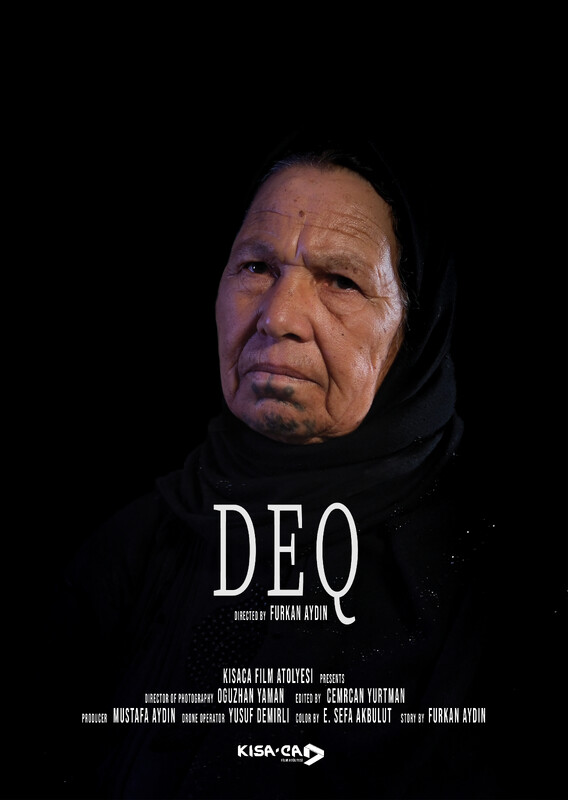Synopsis: The documentary “The Threads of Koyash” focuses on the carpet fields in the Döşemealtı region of Antalya. Behind the visual feast of thousands of carpets entrusted to the sun, there is a great labor and a cultural heritage passed down for thousands of years. The documentary aims to shed light on the roots of our weaving culture. In the nomadic life we adopted years ago, nature has been our best teacher, and we have mastered and passed on our skills such as obtaining yarn from what we find in it, dying them with root dyes and hand weaving them. Not only our weaving methods but also the patterns embroidered on the rugs tell and preserve ancient Turkish stories. In the film, we tried to decipher these stories through the rug patterns. The inspiring story of a few people who keep the culture alive was also the subject of the film. As much as the rugs need sun and moisture during the summer to get their pastel color, they also need us to pass on their heritage. To this end, the documentary aims to make visible and widespread our cultural heritage, which belongs to us but is mostly attracted by foreign countries..
Submitter Statement: Thanks to my relatives who continue to stay in tents and live a nomadic life, I had the opportunity to live in our cultural heritage that we have preserved for centuries. This situation made me very sensitive to material and spiritual cultural elements. My first research at university was on nomadic culture. The rugs produced with root dye and hand weaving method, which are the subject of my documentary, are among the most vibrant and colorful pieces of nomad culture. The carpets are left in the sun to turn pastel colors. Thousands of carpets laid out in the fields offer us an aesthetically enchanting view. Until they reach this stage, the local people sweat a lot to produce, dye and weave the yarn, and at the end of the process, they offer us the opportunity to look at the patterns formed in the minds of our ancestors centuries ago. In the film, we tried to decipher these patterns with the information passed down from generation to generation. Various burdens have accumulated on the shoulders of the carriers of our culture, whose numbers and visibility have decreased. In order to lighten their burden, I tried to include the difficulties they face during the production process in the documentary.
Director: Tuğçe Talkan
Country of Origin: Turkey
Country of Filming: Turkey
Language: Turkish
Subtitles:
Runtime: 00:11:46




















